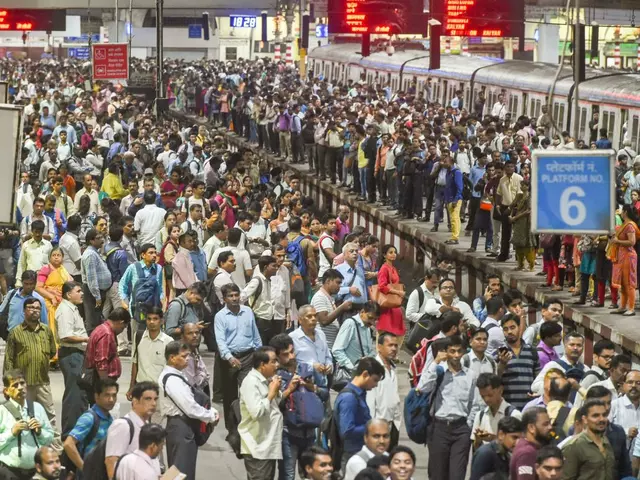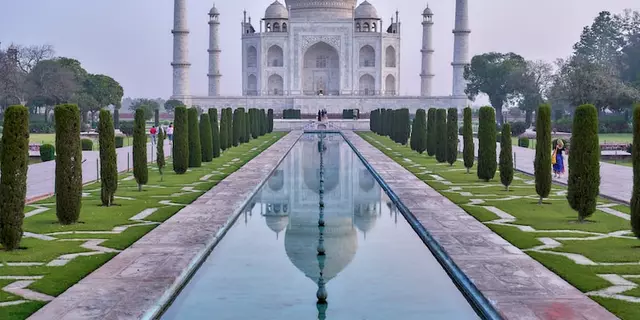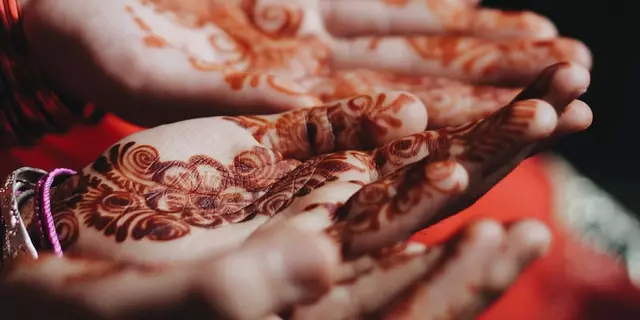India is a country full of diversity, and the life expectancy of its citizens is no different. Men and women in India have varying life expectancies, and this can be attributed to a number of factors. In this blog section, we will explore the average life expectancy of Indian men and women, and discuss the factors that have an impact on it.
The average life expectancy of Indian men is 68.3 years, while that of Indian women is 70.3 years. The life expectancy of women is higher than that of men due to a number of reasons. Firstly, women in India have a higher access to healthcare than men, as medical facilities are more easily available to them. Additionally, women in India are more likely to be given preferential treatment when it comes to medical care. Furthermore, women in India tend to live longer than men due to their healthier dietary habits and lifestyle choices.
The average life expectancy of men and women in India is also affected by a number of environmental factors such as air pollution, water contamination, and poor sanitation. These factors are known to have a significant impact on the health of the population, and can lead to an earlier death. Additionally, poverty and lack of access to quality healthcare can also contribute to a lower life expectancy.
Ultimately, the average life expectancy of men and women in India is affected by a number of factors. It is important to note that the life expectancy of Indian men and women is higher than that of other countries in the region, which is a testament to the advances made in healthcare and nutrition in the country. However, there is still much that needs to be done to ensure that all citizens in India have access to quality healthcare and nutrition, so that they can live longer and healthier lives.
India is a diverse and populous country, with a population of over 1.3 billion people. As a result, the average life expectancy of men and women in India can vary significantly depending on a number of factors. In this blog, we'll be examining the factors that influence the average life span of men and women in India.
Socioeconomic Status
One of the main factors that influence the average life span of men and women in India is socioeconomic status. Those with higher socioeconomic status tend to have access to better medical care, better nutrition, and other resources that can extend their life expectancy. On the other hand, those with lower socioeconomic status may not have access to these resources, leading to a lower life expectancy.
Environment
The environment a person lives in can also have a significant impact on their life expectancy. Those living in areas with high levels of air pollution, for example, may have a lower life expectancy due to exposure to air pollutants. Additionally, those living in rural areas may have a lower life expectancy due to lack of access to medical care, poorer quality of food, and other factors.
Cultural Norms
Cultural norms can also play a role in the average life span of men and women in India. For instance, those living in patriarchal societies may be more likely to suffer from gender-based discrimination, which can lead to a lower life expectancy. Additionally, certain cultural norms may limit access to medical care or lead to lifestyle choices that can have a negative impact on life expectancy.
Conclusion
In conclusion, there are a number of factors that influence the average life span of men and women in India. These include socioeconomic status, environment, and cultural norms. By understanding the factors that influence life expectancy, we can work to improve the quality of life for all citizens in India.
When it comes to the average living age of men and women in India, it is slightly lower than other countries. According to the World Bank, the average living age of men in India is 68.5 years, and the average living age of women is 71.3 years.
This is slightly lower than the global average living age of men and women, which is 70.5 years and 73.3 years respectively. In comparison, the average living age of men and women in Japan is 81.9 years and 87.5 years respectively.
Thus, the average living age of men and women in India is slightly lower than the global average and much lower than that of Japan. This could be attributed to a variety of factors, such as the prevalence of poverty, malnutrition, and lack of access to healthcare in India, which all contribute to shorter lifespans.
- Poplular Tags
- india
- men
- women
- average age











